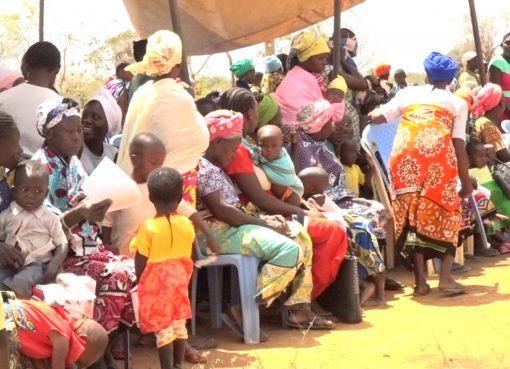The Kenya Wildlife Service (KWS) has launched an infrastructure spatial plan for Lake Nakuru National Park to help mitigate pollution of the wildlife habitat and conserve affected species of wildlife whose population is fast dwindling.
The KWS Director General (DG), Brigadier (Rtd) John Waweru said the plan aims to curb channeling of effluent and solid waste from Nakuru town to Lake Nakuru which hosts the park popular with bird watchers worldwide.
Brig. (Rtd) Waweru said a robust solid waste management framework will prevent accumulation of waste single use plastics that are often dumped at the park and minimise siltation of the lake that is a wealth of bio diversity.
Speaking on Saturday at the National Park during the launch of Lake Nakuru National Park Rapid Response Initiative held at the Sarova Lion Hill hotel, the Director General said uncoordinated waste management system has exposed wildlife to bacteria which has decimated populations of various species of animals at the wildlife facility.
The 100 day Rapid Results Initiative is a collaborative bid among the KWS and the County Government of Nakuru and the community to clean up the facility with a view of enriching biodiversity, expanding access and scaling up annual revenue from the current Ksh. 500 Million to Ksh.1 billion.
The DG said part of the plan is to engage restaurateurs within the national park to align their services and positioning with the dynamic demands for consistency in quality services of the competitive tourism market.
And to mark the launch of the initiative Brig. (Rtd) Waweru announced a free entry for the residents to the park on Sunday May 26th as stakeholders in the ecological gem that is the lake.
The Nakuru Governor, Lee Kinyanjui said the County Government and the German Development Bank are fine-tuning a Ksh.3Billion solid waste management programme that will help to reduce deposits of waste to Lake Nakuru.
Kinyanjui noted that the upgrade of the current 40 year old sewerage system in Nakuru town will enhance separation of storm water and waste water from residential areas for appropriate filtering and safe disposal.
The development comes after the Kenya Wildlife Service reported that 145 buffaloes translating to 3.45 per cent of the total population of 4, 100 buffaloes within Lake Nakuru National Park died of the highly infectious anthrax disease that is caused by bacteria. Two others died in Soysambu Park.
The County boss said mutual waste recycling partnerships with wildlife stakeholders within Nakuru town anchored on Reducing use, Recycling and Reusing (3Rs) model is significant in conserving the wildlife ecosystem that is sanctuary to 450 bird species and the endangered white Rhino.
Scientists say years of improper waste direction to Lake Nakuru from Nakuru town has increasingly hampered growth of algae in the lake leading to migration to other places of flamingoes and other bird species.
To boost annual visitation during peak season, the governor said talks with relevant agencies to commercialise the Lanet air strip is at an advanced stage a move expected to attract more domestic and foreign tourists at the national park.
By Anne Mwale/Samwel Njoroge




